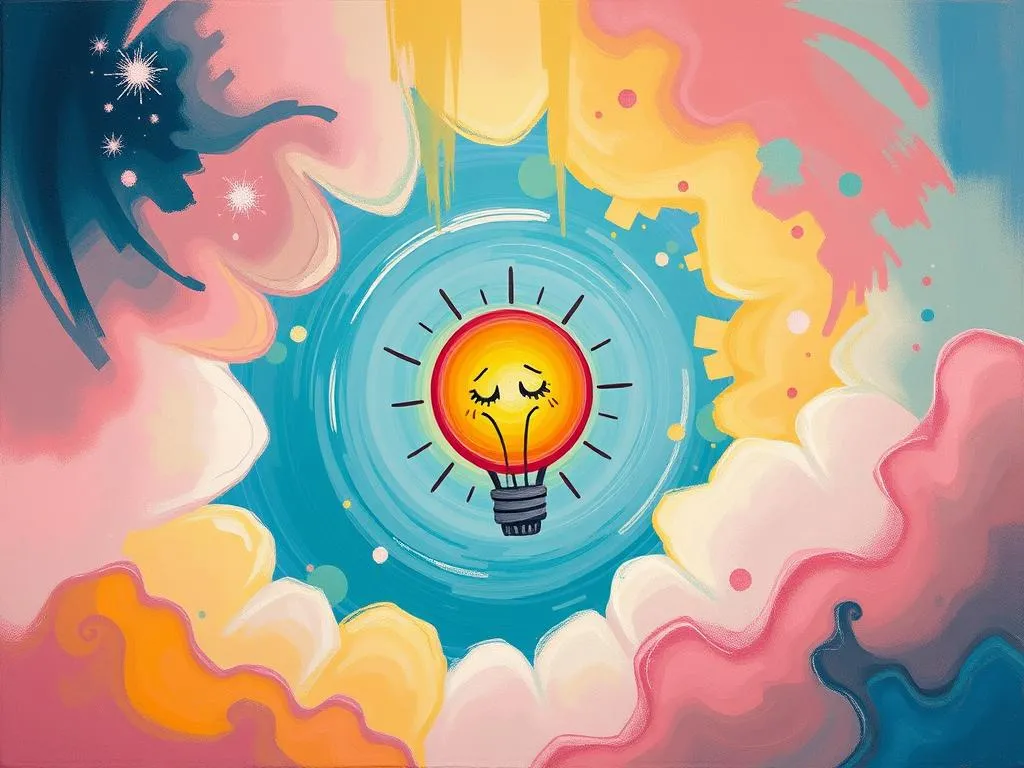
Dreams have long fascinated humanity, serving as a bridge between our conscious and subconscious minds. They are the whispered secrets of our inner selves, filled with symbols that often hold profound meanings. Have you ever woken up from a dream that left you feeling bewildered, curious, or even enlightened? If so, you are not alone. Each dream carries layers of significance shaped by cultural beliefs, psychological insights, and personal experiences. In this article, we’ll explore the symbols of dreams, unravel their meanings, and guide you on how to navigate these nightly reflections for personal growth and insight.
Understanding your dreams can be akin to deciphering a complex language—the language of your soul. Whether it’s a recurring theme or a fleeting image, every symbol offers a glimpse into your desires, fears, and hopes. By interpreting these symbols, you can unlock insights that guide you toward a more fulfilling life. Let’s embark on this journey together, exploring the depths of dream symbolism and its implications for personal development.
The Hidden Tapestry: Unraveling Dream Symbols
Dreams often weave a rich tapestry of symbols that can reveal the nuances of our subconscious. While the interpretation of these symbols can vary across cultures and personal experiences, some universally recognized themes resonate with many dreamers.
-
Water: Often associated with emotions, water symbolizes the flow of feelings and intuition. A calm sea may signify tranquility, while turbulent waters can represent chaos or unresolved emotional conflicts.
-
Flying: This powerful symbol is frequently linked to freedom and liberation. To fly in a dream might indicate a desire to escape constraints or a feeling of empowerment. Conversely, a struggle to stay airborne can reflect anxiety about losing control.
-
Chase: Being pursued in a dream often embodies fear or anxiety. The identity of the pursuer can reveal specific aspects of your life that feel overwhelming or threatening. It’s a call to confront what you’re running from, be it responsibilities, relationships, or personal challenges.
-
Houses: A house in a dream represents the self; each room symbolizes different aspects of your psyche. Exploring a house can indicate a journey of self-discovery, while locked doors may signify areas of your life that are off-limits or require further exploration.
-
Animals: Animals in dreams often represent instincts or attributes you may identify with or wish to embody. A lion may symbolize courage, while a snake could represent transformation or hidden fears.
Understanding these symbols can serve as a compass, guiding you through the complexities of your thoughts and emotions. By recognizing the patterns and meanings behind these symbols, you can gain clarity on what your dreams are trying to communicate, leading to more profound self-awareness.
Dreamscapes: Scenarios of the Subconscious
To further illustrate how dreams can reflect our experiences, let’s explore a few specific scenarios. Each of these dreams presents unique challenges and opportunities for insight, revealing the myriad ways our subconscious communicates.
-
The Endless Corridor: Imagine you’re wandering through an endless hallway filled with doors. Each door represents a different path in your life. This dream might reflect feelings of being overwhelmed by choices or uncertainty about your future. It’s a reminder to take time for introspection and consider what truly resonates with your goals and values.
-
The Lost Wallet: Dreaming about losing a wallet can evoke feelings of vulnerability and insecurity. The wallet symbolizes your identity and resources. Losing it may indicate anxiety about financial stability or a fear of losing your sense of self. This dream invites you to assess your priorities and consider whether you are investing your resources in ways that align with your true self.
-
The Classroom: Picture yourself back in school, nervously fumbling through an exam you haven’t studied for. This dream often reflects self-doubt and fear of inadequacy. It may indicate that you feel unprepared for challenges in your waking life. Embrace this opportunity to build confidence and engage in lifelong learning, rather than avoiding difficult situations.
-
The Flooded City: In this dream, a city is submerged under water, with people struggling to cope. Floods often represent overwhelming emotions or situations that feel beyond your control. This scenario can serve as a wake-up call to address your feelings and seek support, reminding you that it’s okay to ask for help when facing adversity.
-
The Whispering Shadows: Imagine walking through a dark forest where shadows whisper your deepest fears. This unsettling dream can symbolize unresolved issues or suppressed emotions. It encourages you to confront these shadows and bring them into the light, facilitating healing and growth.
Each of these scenarios serves as a mirror, reflecting your internal struggles, desires, and fears. By examining these dreams, you can uncover the underlying psychological and emotional themes that might be affecting your waking life.
Pathways to Transformation: Embracing Your Dreams
Dreams are not merely fleeting images; they can be powerful catalysts for personal growth. By embracing the insights gleaned from dream interpretation, you can navigate your waking life with renewed awareness and purpose. Here are some strategies to integrate dream insights into your daily existence:
-
Keep a Dream Journal: Recording your dreams can help you identify recurring symbols and themes. Reflect on your dreams upon waking, jotting down emotions, significant details, and any connections to your waking life. Over time, you’ll notice patterns that can guide your self-discovery.
-
Meditation and Reflection: Use meditation to connect with the emotions and messages from your dreams. Spend a few quiet moments contemplating what your dreams reveal about your desires and fears. This practice can foster a deeper understanding of your inner landscape.
-
Set Intentions: Before sleep, set an intention for your dreams. Ask for clarity on a specific issue or guidance on a decision. This practice can help direct your subconscious mind and enhance your dream experience.
-
Artistic Expression: Channel your dreams into creative outlets like painting, writing, or music. This not only allows you to process your emotions but also gives voice to the symbols and narratives that emerge from your subconscious.
-
Seek Community: Share your dreams with trusted friends or a group interested in dream work. Discussing dreams can provide new perspectives and insights, helping you to understand and interpret them more deeply.
As you engage with your dreams, remember that they are invitations to explore the depths of your being. They encourage you to confront challenges, embrace change, and grow in ways you might not have thought possible.
In reflection, your dreams are the tapestry of your life, woven from the threads of your experiences, emotions, and aspirations. By decoding their symbols, engaging with their messages, and integrating their insights into your waking life, you embark on a journey of self-discovery and transformation. Dreams are not just a glimpse into what lies beneath the surface; they are powerful tools for navigating the complexities of your existence. Embrace this journey, and allow your dreams to guide you toward a more authentic and fulfilling life.







